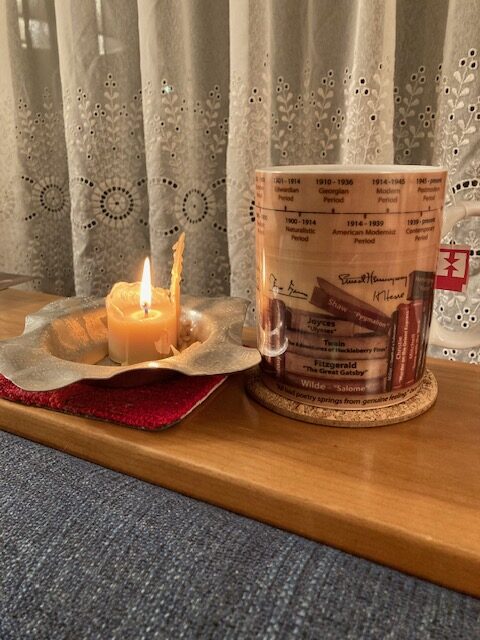
Yesterday, a friend’s question reminded me of the classic epic poem by Henry Wadsworth Longfellow: “Evangeline: A Tale of Acadie.”

Longfellow is a poet of great accomplishment. His works, once wildly popular, enabled him to support his large family. Though rarely read today, his poetic achievements still reverberate, nonetheless, in popular culture. Robbie Robertson of The Band wrote and recorded two songs inspired by “Evangeline.” Sung by Emmylou Harris, with The Band, in The Last Waltz, “Evangeline,” recounts the basic plot of Longfellow’s poem in summary form. Another song, The Band’s “Acadian Driftwood,” expands the poetic license originally taken by Longfellow in expounding upon the history of how the Acadian people were forceably driven (between 1755-63) from Nova Scotia, during “Le Grand Derangement.” Years later, some of these refugees arrived in the countryside of what is now Louisiana. Here, the French-speaking, Catholic Acadians created the distinctive Cajun culture. (A tour of Louisiana yields many instances of Evangeline as a place name–from a whole parish to a dormitory on the LSU campus. In a few places, sculptures of Evangeline can be found.)

(In Minnesota, where Longfellow set the action of a subsequent epic, rendered in another rare-in-English form, trochaic trimeter, “The Song of Hiwatha,” we have a replica of Longfellow’s house, built in the early 1900s by an admirer, Robert “Fish” Jones. It stands in Minneapolis, near the top of Minnehaha Falls. I have never managed to visit–it is often closed–but perhaps this summer I shall be successful. If not, I can hike down and look up to see the slender but stunning cascade.)

My own mind is filled with iambs, that two-part poetic “foot” so common in English, said to mimic the heartbeat: da-DUM. I love it. Still, I am curious about what I might learn from studying the dactylic form, the three-part poetic “foot” more common in Greek and Latin than in English. (As many of you know, the name of this meter comes from the Greek word for “finger.”) It goes DUM-da-da (or as I think of it, recalling Ballroom Dance lessons, “Long-short-short.” This is the structure of a human finger, considered from the palm to fingertip.
In recent months, I have making lists of words and phrases that hold this dactylic arrangement of stresses. (See photo captions above.) Yesterday, I committed to memorizing the Prelude–the first 19 lines–of “Evangeline” and to reading over the next few weeks or months–yes, aloud!–all five archaic-sounding Cantos of the poem. I don’t know whether I shall ever be able to write a stanza in dactylic hexameters (lines that contain six more-or-less dactylic feet) but I know I will have a lot of fun trying.
Who knows? I might even move on to “The Song of Hiawatha” and the challenge of trochaic trimeter!
Tomorrow, a bit more on the modern use of dactylic meter.
LESLIE

Holy challenge, Leslie! This is a fun undertaking to read and yet I hope it doesn’t overwhelm. It sounds overwhelming to do. Also, fun!